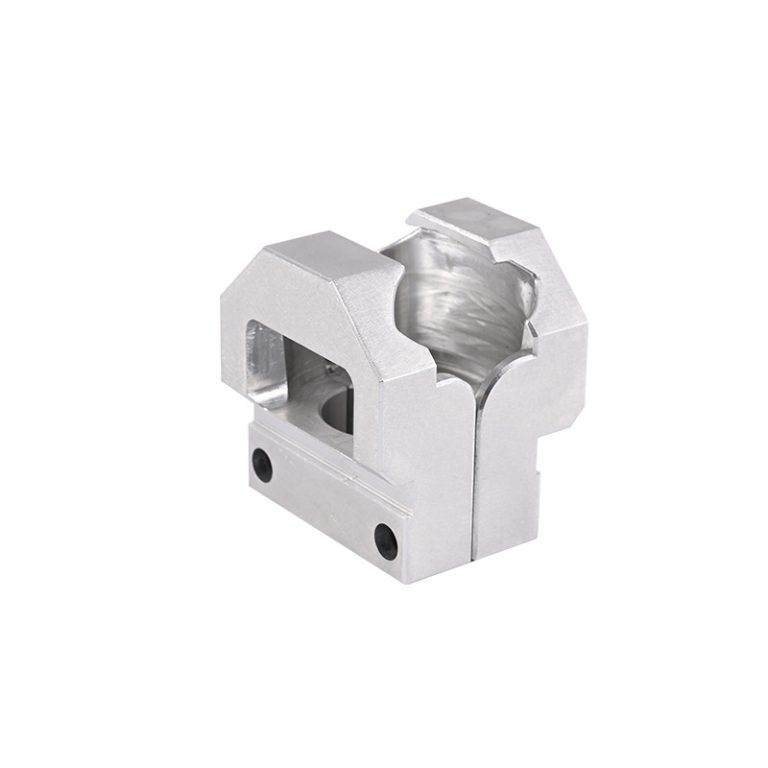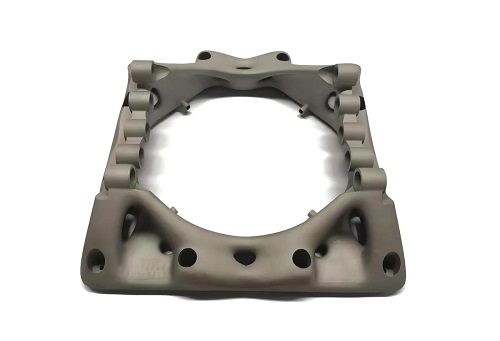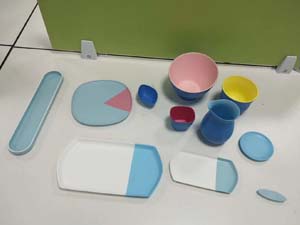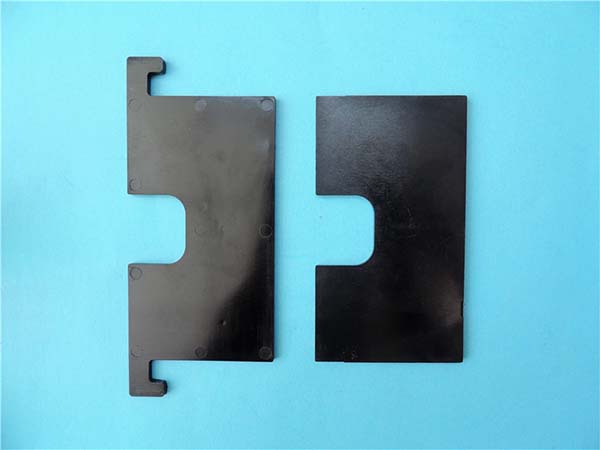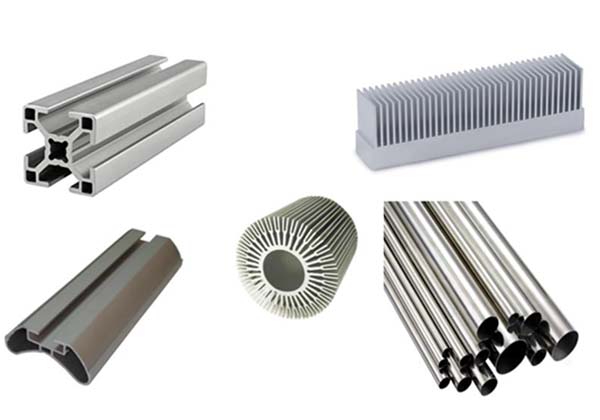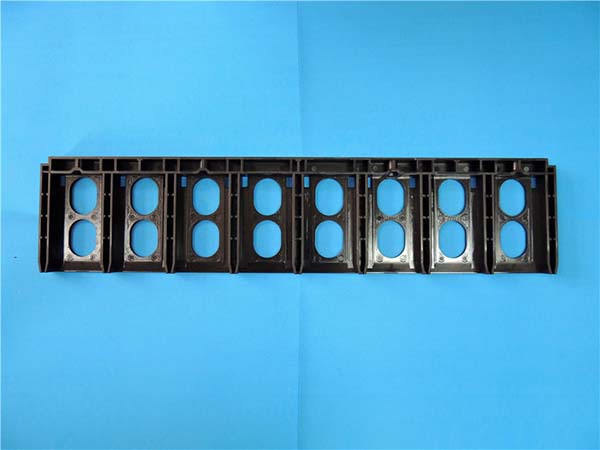The fashion industry has always been a space for creativity and innovation, but the emergence of 3D printing technology is accelerating this evolution in remarkable ways. By enabling designers to push the boundaries of what is possible in garment creation, 3D printing offers a level of customization, efficiency, and sustainability that traditional manufacturing methods cannot match. In this article, we will explore how 3D printing is reshaping the fashion landscape, from its historical context to its current applications and future potential.
Introduction to 3D Printing in Fashion
3D printing in fashion has ushered in a new era of design, allowing for groundbreaking garments and accessories that challenge traditional manufacturing techniques. The process not only enables bespoke creations but also encourages sustainability by reducing material waste. This technology is rapidly becoming an integral part of how fashion is conceptualized, designed, and produced, changing the way both designers and consumers think about clothing and accessories.
Overview of 3D Printing Technology
What is 3D Printing?
3D printing, or additive manufacturing, is a method of creating objects layer by layer based on digital designs. Unlike traditional manufacturing, which often involves subtracting material from a larger block or casting, 3D printing builds up a product from scratch. This allows for the creation of intricate, complex shapes and structures that would be difficult or impossible to achieve with conventional techniques.
How Does 3D Printing Work?
The process begins with the creation of a 3D model using computer-aided design (CAD) software. Once the digital design is complete, it is sliced into thin layers by the software, and the printer then follows these instructions to build the object layer by layer. The printer uses materials such as plastic, metal, or fabric, depending on the type of 3D printing technology employed. The material is extruded from a nozzle and solidifies to form the final shape.
Historical Context of Fashion and Technology
Evolution of Manufacturing in Fashion
For much of history, the fashion industry relied heavily on manual labor and traditional sewing techniques. During the Industrial Revolution, machinery was introduced to mass-produce garments more efficiently. However, these processes still required significant human involvement and often struggled to meet the demands of highly customized or intricate designs.
Technological Advancements Leading to 3D Printing
As technology evolved, so did manufacturing processes. The advent of computers, robotics, and digital fabrication technologies paved the way for 3D printing. Originally used in industries such as aerospace and automotive, the fashion industry soon realized the potential of 3D printing to disrupt traditional production methods, offering new ways to create garments and accessories that pushed creative boundaries.
Impact on Design and Prototyping
Customization and Personalization
3D printing’s biggest advantage is the ability to offer high levels of customization. Designers can create garments tailored to individual measurements, preferences, and styles, resulting in one-of-a-kind pieces. This level of personalization was not possible with traditional manufacturing, where mass production often limits creative freedom and requires compromises in fit and design.
Speed and Efficiency in Prototyping
Another significant benefit of 3D printing in fashion is the speed and efficiency it brings to prototyping. Designers can quickly produce and test new designs without the delays or costs associated with traditional methods, such as pattern making, cutting, and sewing. Rapid prototyping also enables designers to experiment with materials and shapes in real-time, refining their creations with minimal waste and time.
Sustainability and 3D Printing
Reduction in Material Waste
Traditional garment production often results in significant material waste. Large fabric sheets are cut into patterns, leaving behind scraps that are often discarded. In contrast, 3D printing is an additive process that builds objects layer by layer, using only the material necessary for the design. This results in far less waste, making 3D printing a more sustainable alternative for fashion production.
Eco-Friendly Materials and Processes
Beyond reducing waste, 3D printing opens the door to using eco-friendly materials. Several 3D printers can work with biodegradable or recyclable materials, further reducing the environmental footprint of fashion. Additionally, the localized nature of 3D printing (i.e., production can be done closer to the point of sale) cuts down on the carbon footprint associated with shipping and logistics.
Case Studies and Examples
Notable Designers and Brands
Several pioneering designers and brands have already embraced 3D printing to create innovative fashion pieces. Iris van Herpen, a Dutch designer known for her avant-garde style, has been a leader in using 3D printing to create intricate, futuristic garments. Another prominent example is Adidas, which uses 3D printing to manufacture its 4D sneakers, offering customized and performance-enhancing footwear. These examples show how 3D printing is being used to enhance both the aesthetics and functionality of fashion.
Showcase of 3D Printed Fashion Items
From dresses and accessories to entire collections, 3D printing has enabled designers to create unique items that push the limits of design. These creations often feature intricate geometries and textures that would be difficult to achieve with traditional methods. 3D printing allows for an unprecedented level of detail and experimentation, making it an invaluable tool for designers looking to innovate.
Conclusion
Summary of 3D Printing's Role in Fashion
3D printing is revolutionizing the fashion industry by offering new possibilities for customization, efficiency, and sustainability. The ability to produce complex designs quickly and with minimal waste makes it an attractive option for designers and manufacturers. As the technology advances, 3D printing is poised to play an even more significant role in shaping the future of fashion, allowing for personalized garments, efficient production, and eco-friendly practices.
Reflection on the Industry's Evolution
The integration of 3D printing into fashion exemplifies the industry's ability to adapt and innovate. As designers continue to explore the full potential of 3D printing, we can expect more groundbreaking developments in the years to come. The future of fashion is likely to be heavily influenced by this technology, leading to a more sustainable, efficient, and personalized industry.
FAQ
What are the main benefits of 3D printing in the fashion industry?
The primary benefits of 3D printing in fashion include:
- Customization and Personalization: Garments can be tailored to individual measurements and preferences.
- Faster Prototyping: Designs can be created and tested more quickly, reducing production times.
- Reduced Material Waste: 3D printing is an additive process, minimizing waste.
- Sustainability: Eco-friendly materials and processes contribute to greener production practices.
Are there any downsides to using 3D printing in fashion?
While 3D printing offers many advantages, it also comes with some challenges:
- Cost: The technology and specialized equipment can be expensive.
- Limited Material Range: Although advancements are being made, the materials available for 3D printing are still limited compared to traditional textiles.
- Technical Expertise: 3D printing requires specialized knowledge and skills to execute effectively, which can pose a barrier for some designers and brands.
How can consumers benefit from 3D printed fashion?
Consumers can benefit from 3D printed fashion through:
- Highly Customized Garments: Clothes that fit perfectly and align with individual style preferences.
- Sustainability: Environmentally friendly production methods that reduce waste and carbon footprints.
- Access to Innovative Designs: Consumers can enjoy fashion that incorporates cutting-edge technologies and experimental styles.
